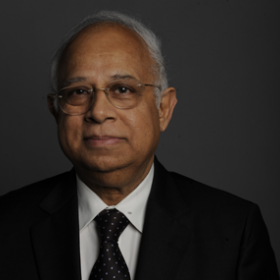
The Eurasian Concept
As a concept Eurasianism encourages prevalence of regional relations over distanced ones, in this regard the SCO platform holds a promise for stability
Continents being defined as “main continuous expanses of land” makes one wonder why Europe and Asia, though very much a continuous land mass have been perceived through the many centuries as two separate continents. One major reason may be that the western end of the Eurasian landmass was taking a very different turn in its development with renaissance, scientific and industrial revolutions and "modernity" changing its economic, social and intellectual set-up fundamentally. Making the Ural Mountains the dividing line was rather an arbitrary act by geographers. British geographer Sir Halford Mackinder drew the attention to the fact as early as 1904,that Europe and Asia beingone would be the future "pivot of history."
It took more than a century, two world wars and the defeat of the communist system for this vision of a cornerstone of a new global of the ideological dreams to come true. Events though negative in some of their aspects, greatly sped up the process of globalization that is the precondition for a new stage of global power distribution. From a world dominated by colonialism and imperialism creating a "third world," the collapse of the "second," the communist system that had made the world from bipolar into unipolar, we have come in the 21st century to see the uni-polarity crumbling and a new international economic and political power sharing system coming into existence.
Click here to read the full op-ed on Daily Times.

